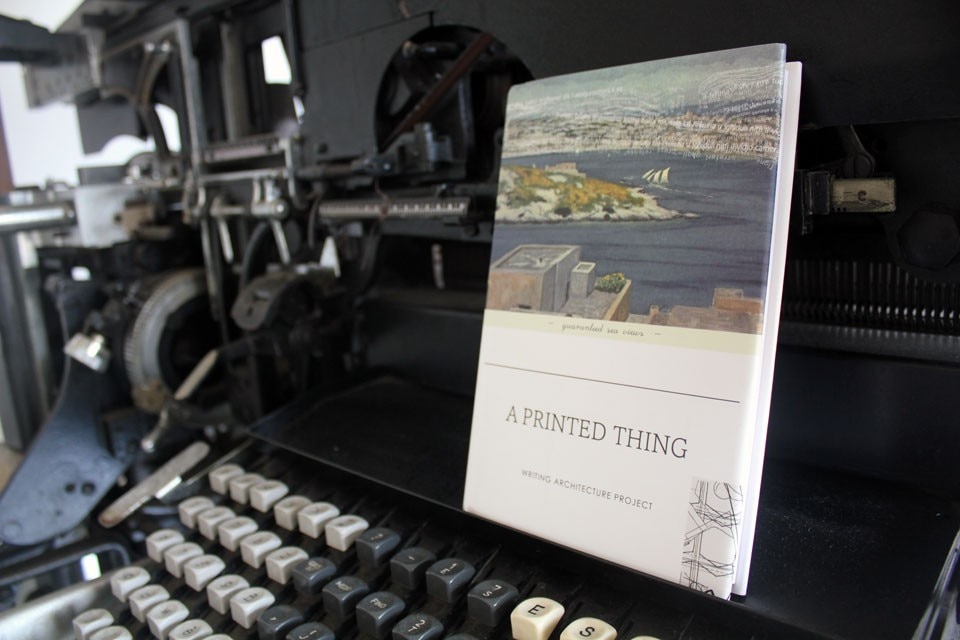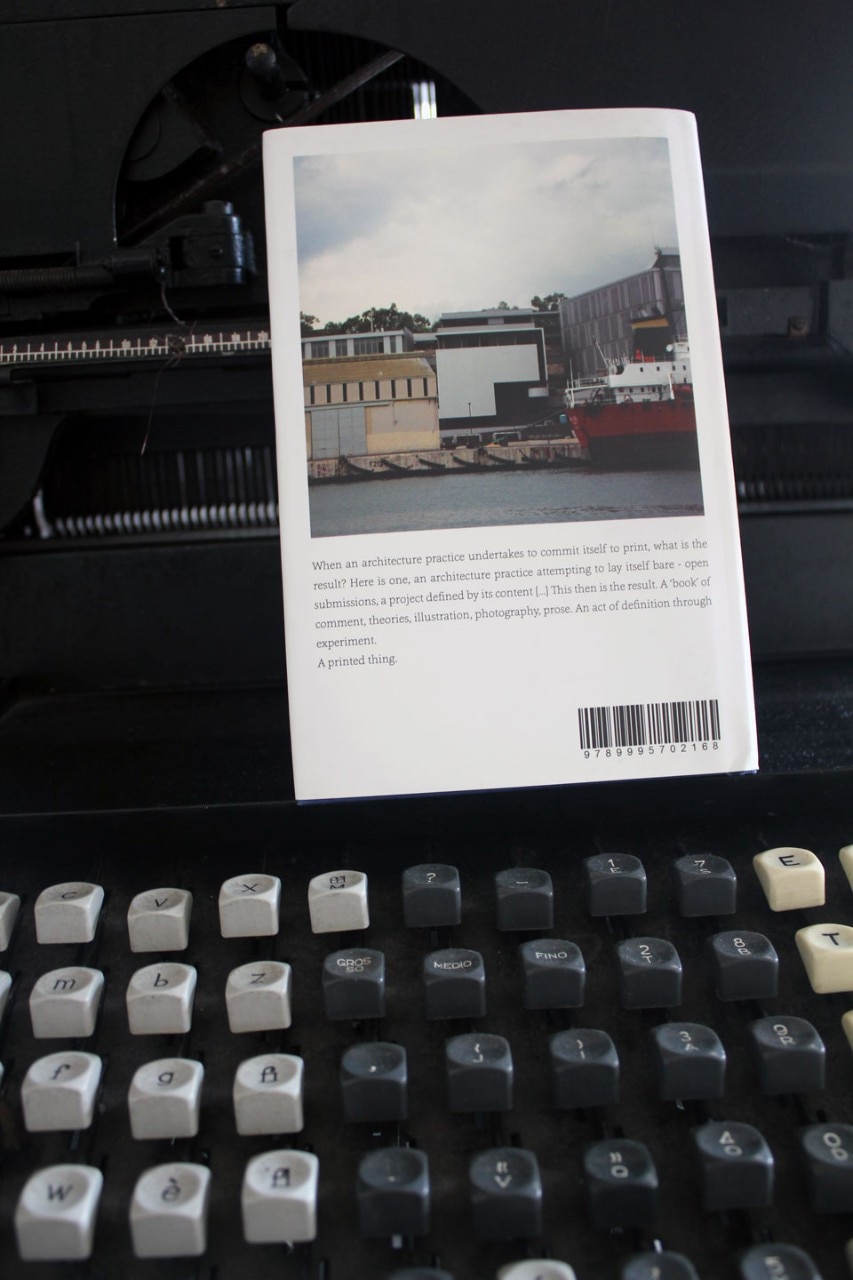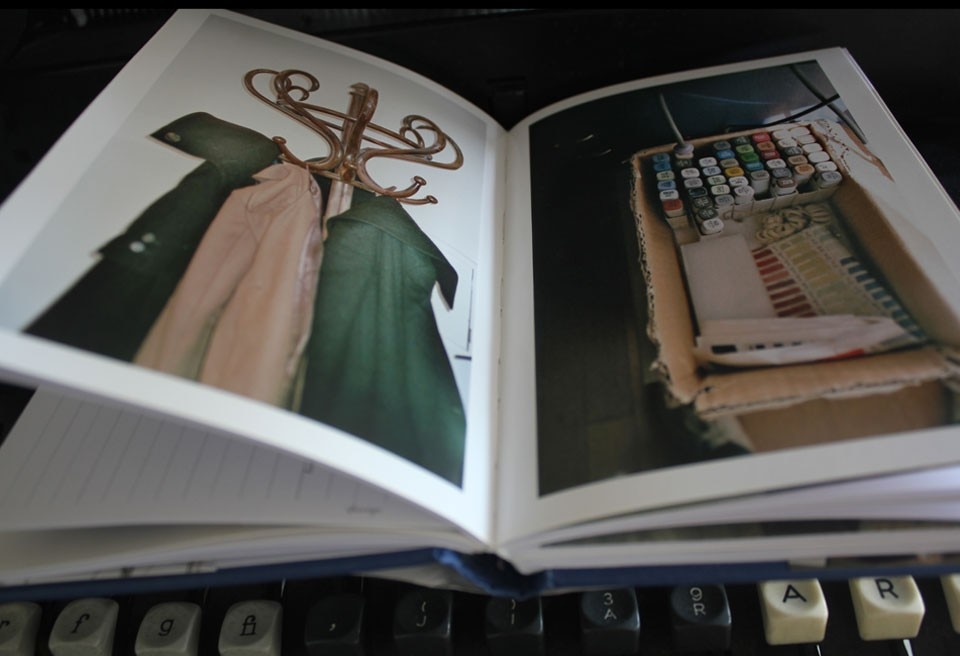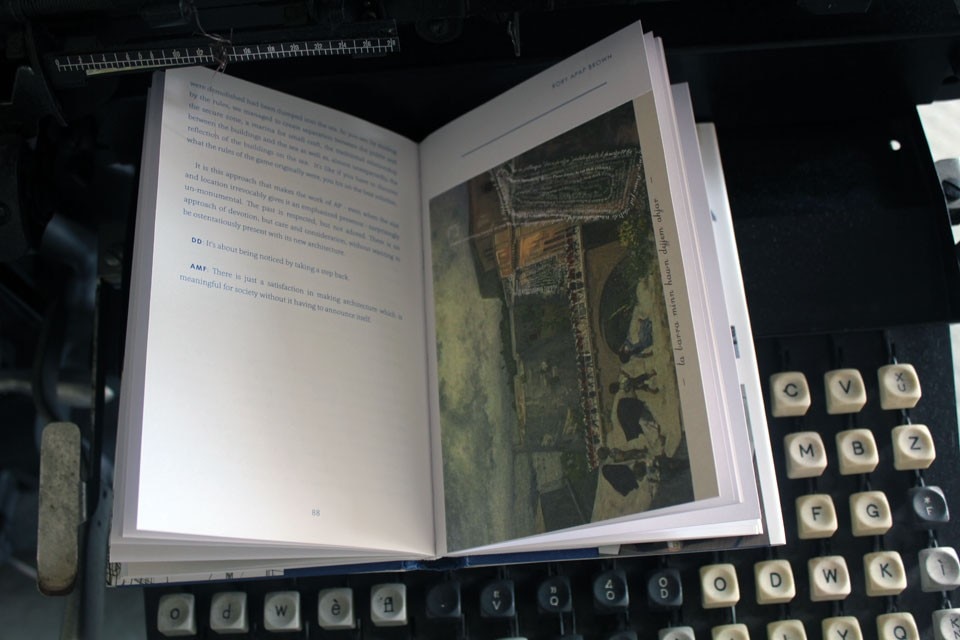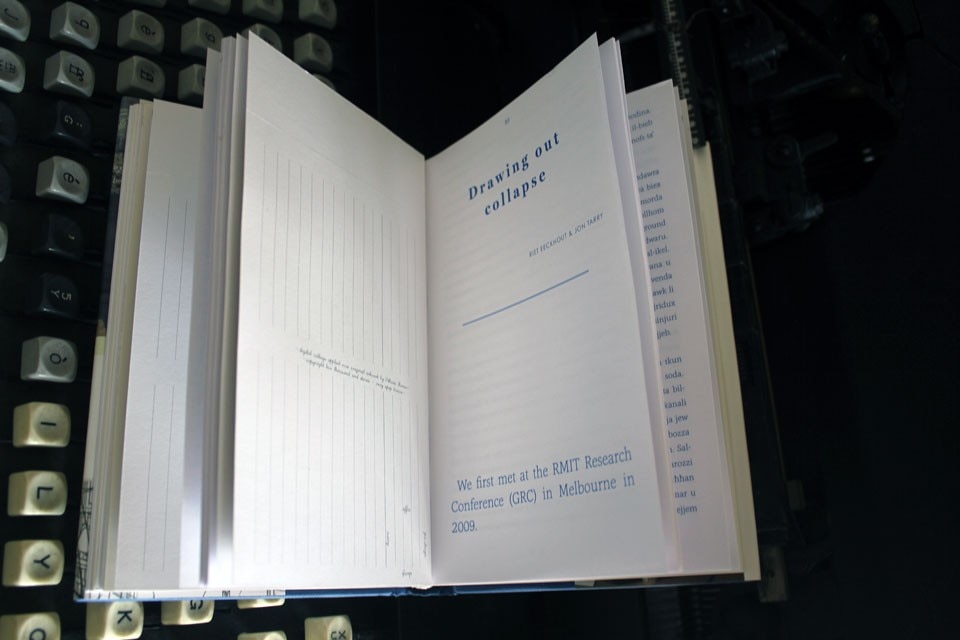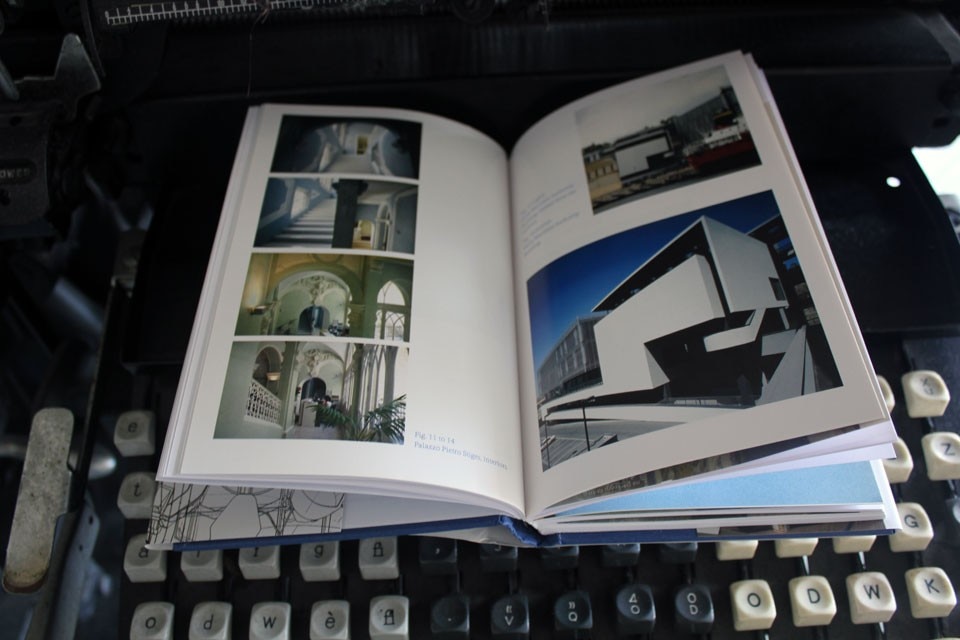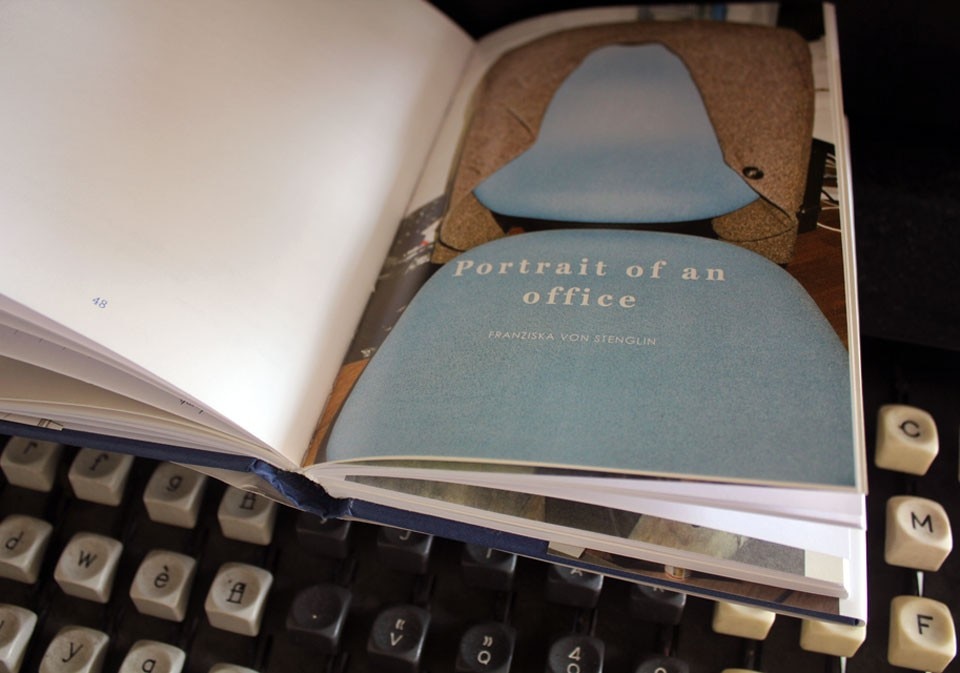Various authors, A Printed Thing, AP & Jon Banthorpe, Progress Press, Malta 2012 (pp. 159; € 20.00)
Unlike the many other professions that nurture the world’s economy, only the practicing architect is licensed by default to turn his dreams into matter. These solid dreams are pinned to our reality, appearing immutable to the end user and passerby, but short lived to its creator — when stark white walls are ultimately smeared with colour, or the slick glazing is fuzzed with drapery.
Yet, no one dares to tweak a painting — or A Printed Thing. The Valetta-based studio of Architecture Project (AP) resorts to the printing press to celebrate their 20 years of practice. This leap produced a panoptic monograph, hard to define and ambiguous enough to deserve the title A Printed Thing. The book is driven by the “old and new” as a common theme throughout, alluding to the modern interventions that AP ably carries out in old buildings and which have by far established the firm’s competence. A classical hardback cases this volume of glossy images and blue tinted text, treating us to a hybrid of classical and contemporary printing styles. Early 20th century andscape paintings of Malta by Italian artist Vittorio Boron are printed in a postcard format and slipped into the monograph with a twist, manipulated by Rory Apap Brown who replaces the local skyline with type and prose.
